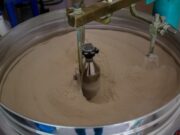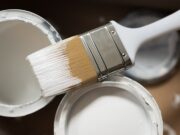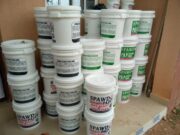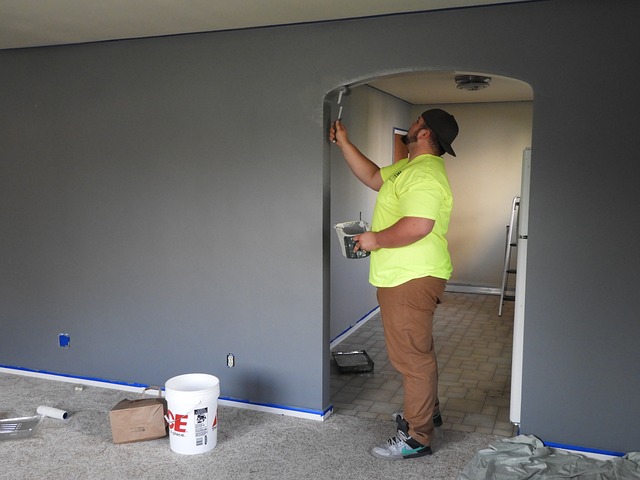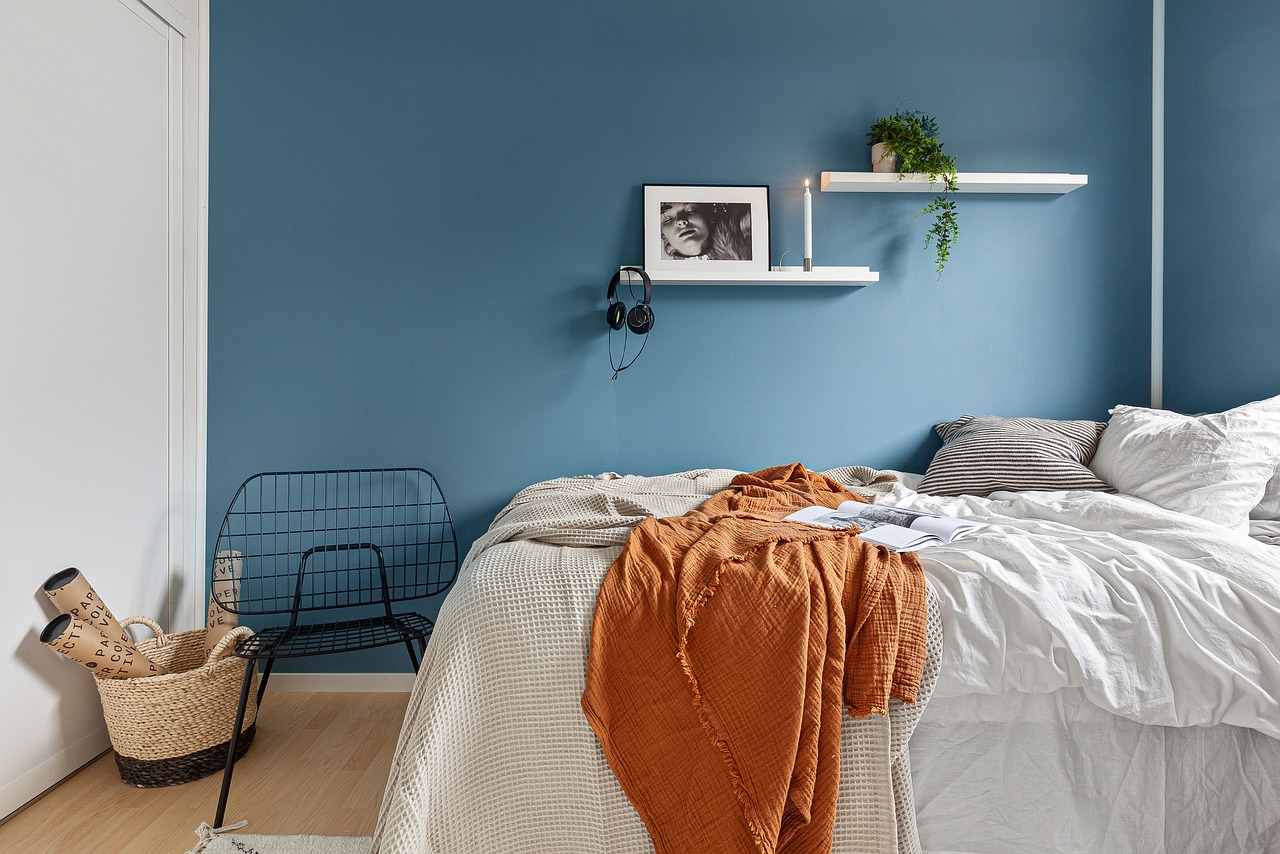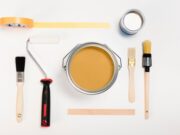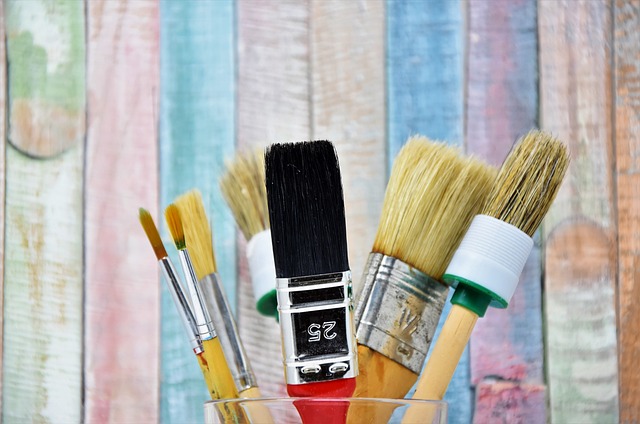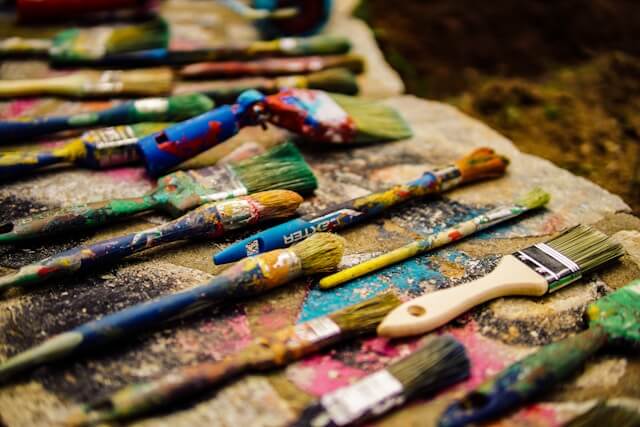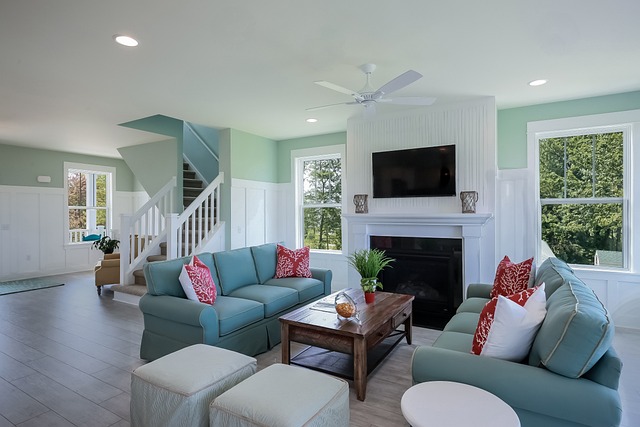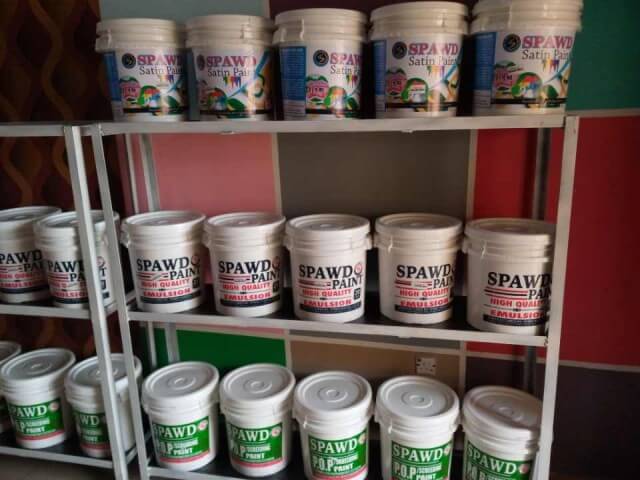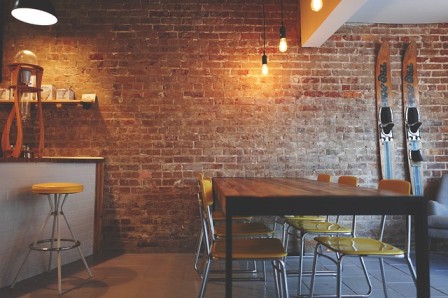Brick is a classic and durable building material used for centuries in residential and commercial construction. It provides strength, natural insulation, and a unique, beautiful appearance.
Understanding the advantages and disadvantages of painting brick is very important.
However, like any other material, brick can sometimes become dull or discolored over time, leading homeowners and business owners to consider painting it.
Painting brick surfaces has become a popular trend in recent years. While painting brick can significantly transform the look of your building and bring new life to your old or worn-out bricks, it’s not a decision to be taken lightly.
In this comprehensive article, we’ll expose you to the advantages and disadvantages of painting brick, helping you make an informed decision for your home or commercial property.
What Are The Advantages of Painting Brick?
1. It Improves The Beauty And Appearance Of Your Brick
One of the most important advantages of painting your brick is the opportunity to refresh its appearance.
Natural brick can sometimes look outdated or clash with modern design appearance, particularly if it has aged poorly without painting.
Painting your brick offers a simple and effective way to modernize its appearance through,
- Uniform Appearance
Your old brick may have been weathered or damaged over time, leading to inconsistencies in its color or texture.
So, painting it can create a uniform appearance, while covering up imperfections, cracks, or discoloration, and giving your property a clean, and beautiful look.
- Customization
Paint allows you to change the color of brick to fit your taste and complement the rest of your home or property.
Whether you prefer a brilliant white color, bold black, or trendy shades of red, painting it gives you complete control over the visual outcome.
- Curb Appeal
A fresh coat of paint can significantly improve the curb appeal of your home or space.
Especially if you are looking to sell your property, painting your brick can make it more attractive to potential buyers and even increase your property value in some cases.
2. It Protects Your Brick From External Elements
Brick is generally a durable building material, but it is not immune to the effects of weathering.
Over time, any brick exposed to moisture, extreme temperatures, and UV rays can degrade, especially if it’s not properly maintained.
So, painting your brick provides the following,
- Waterproofing
Applying paint on your brick can add a protective layer that shields your brick from water penetration, and prevents damage from freeze-thaw cycles and mold or mildew growth on it.
Paint can act as a barrier against rain, snow, and humidity, it helps to preserve your brick underneath.
- UV Protection
Paint can also protect your brick against UV rays, which can cause fading and degradation of untreated brick over time.
This is especially important for exterior brick walls that are exposed to direct sunlight.
3. It Provides You With Easy Maintenance
Unpainted brick can be difficult to clean, as the porous surface tends to trap dirt, grime, and moss. Over time, this can make your brick look dirty and worn out.
Painting your brick surfaces can typically make them smoother and easier to clean than their unpainted counterparts.
It also makes dirt, dust, and other debris less likely to become embedded in the surface, and regular cleaning with a hose or mild detergent can keep your brick looking fresh for years.
Again, brick that is exposed to damp or shady environments can become a breeding ground for moss and algae.
Painting helps you create a smoother, and less porous surface, making it more resistant to these types of growth, which can damage your brick and affect your building’s appearance.
4. It helps to Seal Cracks and Imperfections
Old brickwork is prone to developing small cracks and imperfections over time, which can compromise its structural integrity if left untreated.
Painting your brick can help seal these small cracks and imperfections, acting as an additional barrier against water and pests.
By sealing the surface, you can extend the lifespan of your brickwork, preventing further damage from moisture infiltration or pests.
It can also help cover up previous repairs or unsightly patches.
While paint itself won’t strengthen your brick, it can help protect it from further wear and tear, especially if you are in areas prone to erosion from rain or humidity.
What Are The Disadvantages of Painting Brick?
While painting your brick offers several benefits, there are also significant drawbacks to consider before you decide to paint.
You must weigh the advantages and disadvantages of painting bricks to determine whether painting is the right option for your brick surfaces.
1. Painting is Permanent
When your brick is painted, it is very difficult, if not impossible, to return it to its natural state.
Removing paint from brick can be a labor-intensive and costly process that may not fully restore the original appearance of the brick.
Unlike other surfaces such as wood or drywall, once your brick is painted, the porous nature of the material means the paint will soak in and become a permanent part of the surface.
Note!
Sandblasting, chemical stripping, or other methods may be able to remove some of the paint, but they can also damage the brick in the process.
So, before painting your brick, you must realize that you are making a long-term commitment.
Future homeowners may not appreciate the painted look, and undoing it will be challenging. If you have historical brickwork or want to preserve the natural beauty of your brick, painting may not be the best option.
2. It May Cause Moisture Retention Issues
While paint can protect your brick from external moisture, it can also create problems if moisture is trapped inside the wall.
Brick is naturally porous and allows for breathability, which means it can absorb and release moisture.
When a brick is painted, this natural process is disrupted, potentially leading to moisture retention inside the wall.
If moisture gets trapped between your painted brick and your structure, it can cause the paint to bubble, peel, or crack.
Over time, this can lead to more significant damage to your brick, including spalling (where the brick’s surface flakes off), or even structural problems in severe cases.
Some paints, particularly non-breathable oil-based paints, can increase moisture retention issues.
If you must paint your brick, then you must use breathable paint specifically designed for masonry surfaces to minimize the risk of trapping moisture inside the brick.
3. Frequent Maintenance
While painted brick is easier to clean, it also requires more frequent maintenance than unpainted brick.
Paint can chip, peel, or fade over time, especially in harsh weather conditions, requiring regular touch-ups and repainting to keep the surface looking fresh and new.
Depending on the quality of paint you used, and the environmental conditions the brick is exposed to, you may need to repaint your brick every 5 to 7 years or less.
This can become a time-consuming and expensive process, especially for large exterior surfaces.
Meanwhile, If moisture or other factors cause your paint to deteriorate, it can begin to peel and crack, which can affect the appearance of your brick.
Generally, fixing peeling paint often requires scraping off the old paint, reapplying primer, and adding new coats of paint, which can be labor and cost-intensive.
4. It Provides Potential for Damage During Preparation
Before you paint your brick, the surface must be thoroughly cleaned and prepared.
This may involve power washing, scraping off dirt or old paint, and potentially even repairing damaged areas. If not done correctly, this process can cause damage to the brick itself.
Power washing can be too harsh for older or delicate brick surfaces, potentially causing the mortar to erode or the brick to crack.
This can lead to additional repairs and undermine the integrity of your wall.
During preparation, you must be careful not to damage the mortar joints between your bricks. If the mortar is weakened or damaged, it can compromise the stability of your wall.
5. Cost Implications
Painting brick can be a costly project, especially when done by a professional painter.
In addition to the cost of high-quality masonry paint, there are expenses related to surface preparation, repairs, and ongoing maintenance.
While the cost of paint itself might not be exorbitant, professional labor for surface preparation, repairs, and painting can add up.
If your brick requires significant prep work (such as cleaning or repairing cracks), the cost can escalate quickly.
As mentioned earlier, painted brick requires regular upkeep, including repainting every few years.
This adds long-term costs to the project, which may be a factor for homeowners or business owners on a budget.
Here Are Alternatives to Painting Your Brick
If you’re hesitant about painting your brick but still want to improve its appearance, considering the advantages and disadvantages of painting bricks, there are other alternatives you can consider.
- Staining
Unlike paint, brick stain is absorbed by the brick without creating a thick layer on the surface.
Staining your brick can change its color while maintaining the natural texture and breathability of the material.
- Limewash or Whitewash
These traditional techniques use a diluted mixture of water and lime (limewash) or water and paint (whitewash) to create a softer, more subtle finish that allows your brick to breathe. Limewash and whitewash can give a weathered or rustic look without fully covering the natural beauty of your brick.
- Masonry Sealer
If you like the look of your brick and want to protect it from external elements, you can apply a clear masonry sealer.
This will preserve the natural appearance of your brick while offering protection against water damage and UV rays.
Conclusion
The decision to paint your brick comes with both Pros and Cons.
So, understanding the advantages and disadvantages of painting bricks is essential because it will guide your decision in achieving a beautiful brick appearance.
Take into consideration that painting your brick can drastically improve its beauty. On the other hand, painting your brick is a permanent decision that needs careful thought.
I hope this was helpful.






